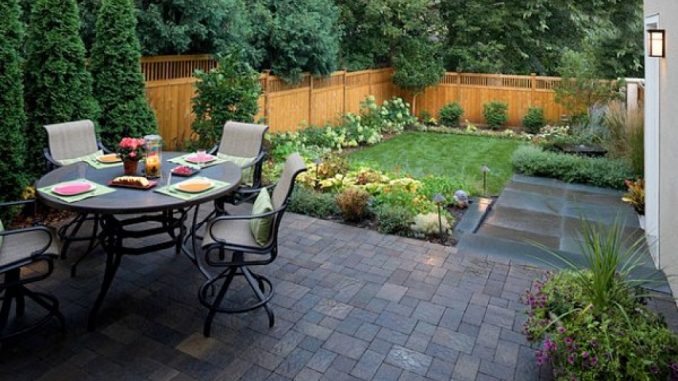
[ad_1]
There are limitless numbers of shapes and forms that decks can assume. The choice of deck shapes will often be determined by:
1. the terrain and landscaping that exists within the property lines
2. the proximity of neighbors
3. the dramatic view that are available
4. the proposed uses that the deck will serve
Deck shapes can be broken down into several simple categories:
1. Ground level decks – These structures are typically associated with single story homes and relatively flat yards. They present far fewer design and contruction challenges than raised or multilevel decks. Ground level decks can act as convenient entryways, pleasant breakfast nooks and outdoor mudrooms. Construction is not complicated. Since these decks are so low they may not necessarily require a railing system. It is wise though to check local building codes to verify this. An interesting design technique is to construct several ground level decks close together to create a cascading effect down a slope. Altering the decking patterns on adjoining deck spaces can enhance the look of this choice. Ground level decks can be supported by traditional post and pier foundations, by concrete slabs or by continuous footings. Cantilevering the beam and joist members beyond the posts or footings can create the illusion that the deck is floating.
2. Raised Decks – These outdoor structures provide access to upper level rooms and can also become solutions to landscape problems caused by steep terrain. Slopes that fall sharply away from a home presnt special deck building and design challenges. The simplest solution is to construct a single level deck attached to the house and supported by piers and posts. With elevated decks safety concerns are an important consideration. The height of railings and space between balusters are of major importance on these higher deck structures.
3. Multilevel decks – These deck designs are wonderful for avoiding the problems caused by rolling terrain or naturally terraced landscapes. Sections of these types of decks can be different shapes and sizes that are connected by stairs and walkways. Muiltilevel decks are ideal for providing different views of the surrounding area from various vantage points. These decks are complex and require precise planning and careful construction. Stairs, railings and all structural components must work together correctly. Multilevel decks can also be utilized to create an easy, smooth transition from the ground to the upper level of a home with a flat yard. Instead of one long stairway a series of platforms could be constructed to lead to the upper elevation.
4. Wraparound decks – These structures are built along more than one side of a home and can easily provide access to multiple areas of the house. Wraparound decks are a perfect solution for properties that are subject to varying amounts of intense sunlight during different parts of the day. These unique outdoor spaces also provide simple solutions for families needing areas for private gatherings, parties and other functions on the same structure.
5. Detached decks – These outdoor deck designs are perfect for serving as a quiet retreat and can be built on flat ground or a sloping surface. They are easily integrated into a garden area or a grove or cluster of trees. Detached decks can be built alongside or project slightly over the deck of a pool, next to a water feature or sit beneath an arbor or pergola. Container plants, shrubs and colorful flowers can be used to dramatically enhance the impact they make on any outdoor landscape.
The creative design process concerning deck shapes is an interesting but challenging one where individual homeowners look to create the ultimate outdoor living spaces best suited to meeting the needs and tastes of their families.
[ad_2]
Source by Richard Vande Sompel

Leave a Reply